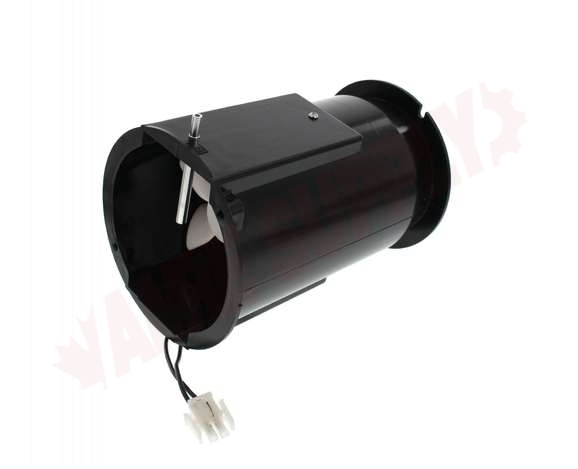

Inland waters are vulnerable systems with limited migration potentials. Moreover, such systems are at risk due to amplifications caused by climate change. Ecosystems are sensitive to present climate extremes, such as heat waves. The energy balance of the Earth’s surface fundamentally defines the magnitude and amplitude of different ecosystem’ state variables. Our study should improve the understanding of how climate change may alter the quality and functioning of freshwater ecosystems in order to be a scientific basis for developing adaptation strategies in Austrian rivers and lakes. Another biological indicator for temperature change is the increasing number of fish species. Today more temperature tolerant species like barbel (Barbus barbus) and chub (Squalius cephalus) are abundant. The European grayling (Thymallus thymallus) almost disappeared from many of these sections. Rivers downstream of a lake show around 4 to 5 ☌ higher tempera- tures than comparable reaches of rivers without lake influence. The temperature rise over the last 30 years, especially in river sections downstream from lakes, induced a shift in fish species compo- sition from cold-water to warm-water species.

However long-term trends of water temperature gauges show clearly increasing trends of water temperatures especially since the 1990s. Temperature changes lead to a shift of assemblage composition toward species preferring warmer thermal regimes.

The difference in water temperatures between the trout and grayling zones is smaller (2–3 ☌) than between grayling and barbel zones (4 ☌). Our evaluation of water temperatures for different fish zones showed differences in the thermal regime between upstream and downstream reaches. The designated fish zones are mainly characterized by different temperature regimes each of which is associated with a particular succession of different species on a river’s longitudinal gradient. The Austrian fish- zone-index (FiZI) generally ranges from 3.8 (trout zone) through 5 (grayling zone) to 6 (barbel zone) and 6.8 (bream zone). Traditionally they are assigned into different fish zones and its indices. Accordingly, interventions in the temperature regime of a water body can lead to advantages for one species and disadvantages for others.įish species prefer different temperature regimes along a river continuum that correspond with typical distributions of fish species assemblages. Especially cold-stenothermic species prefer significantly lower temperatures during summer than eury- or mesothermic species. Low temperatures cause lethargy to species and elevated temperatures increase metabolic rates. Therefore, a relatively small increase in water-temperature can alter the entire fish species community. Minor modifications of the temperature regime often restrict species in their occurrence and respective distribution. The temperature regime influences all life stages of fish populations, including their migratory behavior, egg evolution, spawning process, fertilization and growth rate as well as their metabolism, respiration and tolerance towards parasites. Water ecosystems and one of the most important key parameters driving fish species distribution.

Water-temperature is one of the most significant factors for the survival of aquatic biota (flora and fauna) in fresh. The rise of temperature is the best known phenomenon of global climate change. Besides water pollution, hydro-morphological alterations, connectivity disruptions, loss of habitat and other abiotic factors, climate change jeopardizes the fish-ecological integrity of river ecosystems especially downstream of lakes. Riverine ecosystems are affected by different pressures.


 0 kommentar(er)
0 kommentar(er)
